Installation video: Guo-Liang Tan | Another Folding Scene, 2024, Sifang Art Museum Shanghai Tongren Road Space
? Guo-Liang Tan, Courtesy of Ota Fine Arts, VIdeography: Zhang Hong
not sure i rmb
Text / Wong Binghao
In an airless room or from a stationary position, Guo-Liang Tan's suspended columnar edifices might be mistaken – as I once did – for indubitably flat, hanging paintings. Their creased, paper-thin surfaces resemble other flat facades: unassuming wallpaper, reproducible prints, or besmirched tracing paper. You have to move around these artworks, look at them up close and from afar, to experience their ethereal dimensions. Although they demand an intent spectatorship, like all good painting does, Tan’s diaphanous lanterns also look like they could deliquesce or sublimate with a mere exhalation. Or, as the artist more judiciously describes his paintings: “they move with air.” [1]
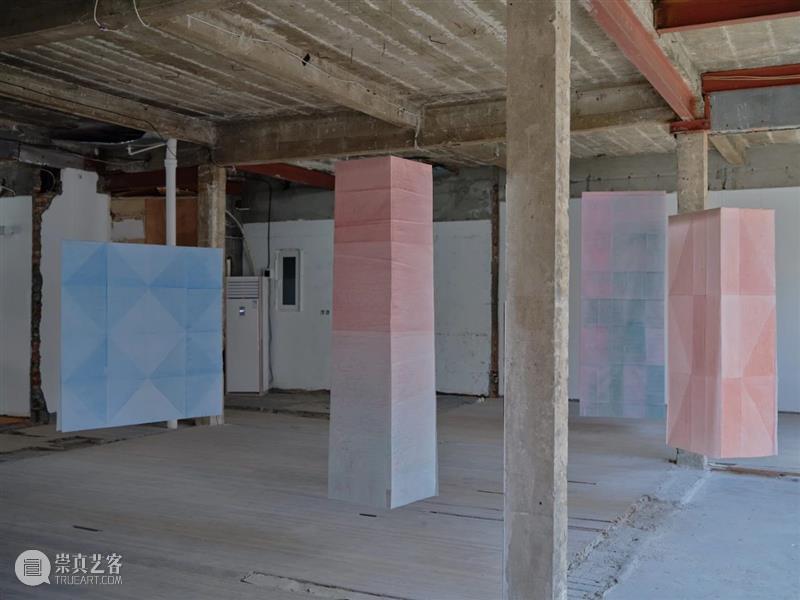
Tan works elementally, with air and water; though his procedure is less theatrical than banal, like small talk about the weather. Onto the texturized surfaces of water-resistant aeronautical fabric – folded and creased to create wrinkled geometric shapes that look like an unsmoothed bedsheet after a fitful sleep – Tan patiently and meticulously applied diluted (“almost like water”) films of subtle pigments – rust, sky blue, dusty violet, and a deep turquoise. Catching colour, the creases and folds seem to deepen, emphasizing the fabric’s unevenness. As if counteracting the work he had already done to corrugate its surface, the artist ironed the fabric fastidiously. In a final frustration or conceit, he folded the textured sheets into rectangular shapes to be hung up in mid-air, away from any walls. Previously, he had exhibited similar paintings in an airy atrium. [2] This equipoise of un-painterly gestures dispels, for Tan, the transcendentalism of painting, as in, say, the supposedly more ‘authentic’ actions, artworks, and artists of Abstract Expressionism.
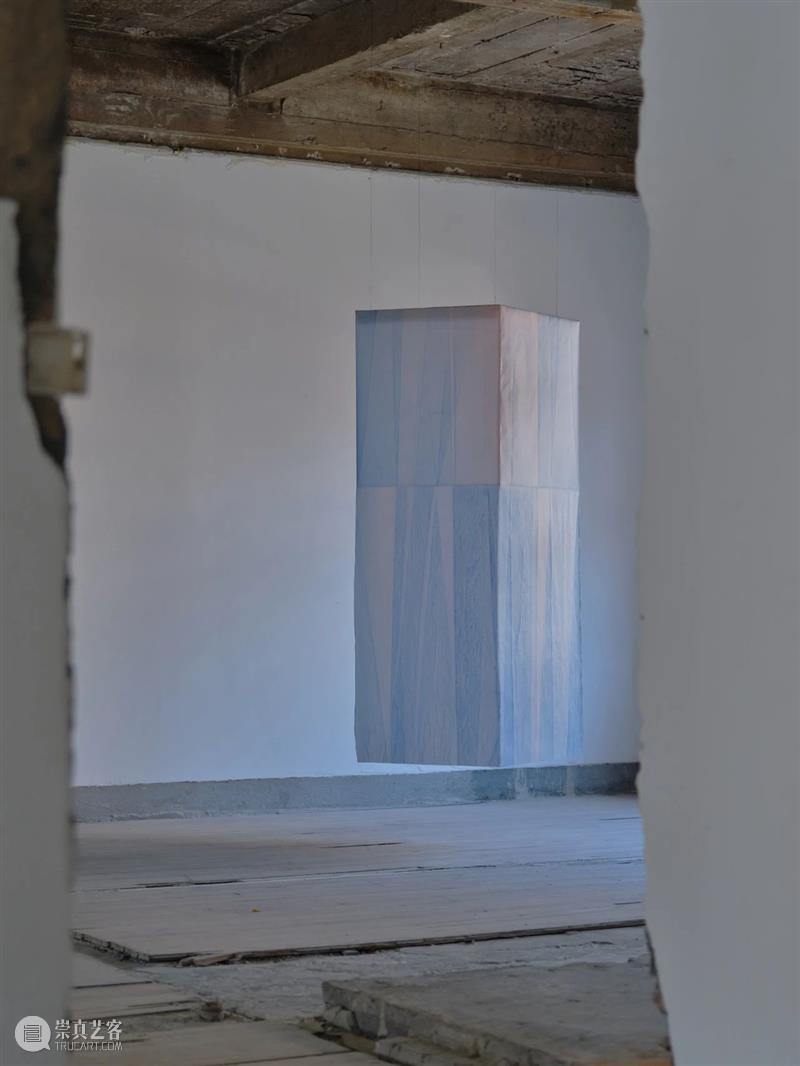
“I’m always suspicious of painterly expression, I don’t believe it,” the artist confides during our studio visit. [3] Contrary to an artistic anomie or aspersion, doubt has been key to Tan’s decades-long facture. It reminds him to relish his futile attempts at precision and exactitude in the face of the “inconsistencies of [the painting] process.” [4] His is a committed relationship with painting, one that naturally comes with its ups and downs.Unsurprisingly, painter Amy Sillman, with whom Tan studied at the St?delschule, once proclaimed that artists previously marginalized from AbEx traditions and networks were now “not undoing but redoing” the genre. [5] In the same way, Tan continues to faithfully engage with, and more importantly complicate, the form and history of painting (I will circle back to the latter). But unlike Sillman’s exposition that AbEx has been “reinvigorated by a queered connection of the vulgar and the camp,” one that exhumes a dormant “politics of the body” in AbEx’s art historical gravitas, [6] Tan consistently defers to a “ghostly,” [7] radial touch. In Tan’s paintings, especially those from the past seven years, the body is there because it is not there.
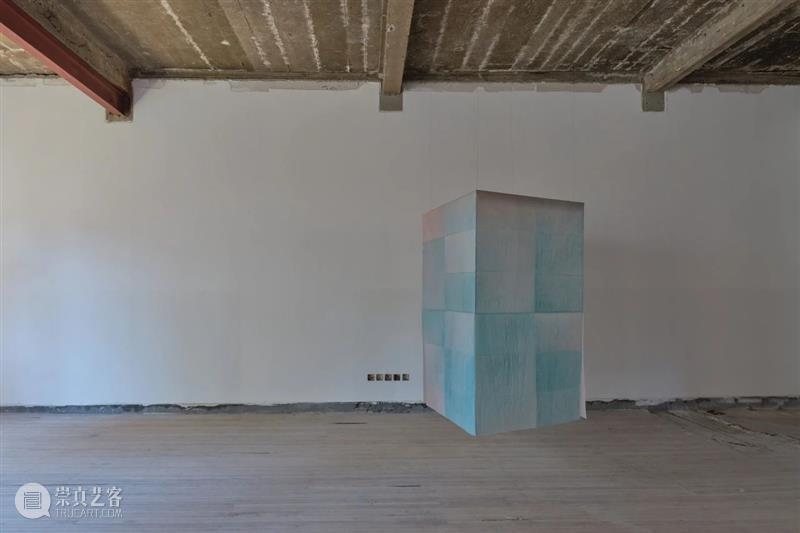
For Tan, painting is a “dialogue,” a temperament, an entrance but also an “exit.” It should be “light,” not didactic, unaffected, and even “forgettable.” [8] In other words, Tan’s painting is like a memory of painting.As an undergraduate, Tan made videos. His shift to painting makes sense, since time and (art) history are salient to his process. [9] With a characteristically phlegmatic diligence, Tan likens both time and art history to “materials,” like paint, that he “needs to work with,” invigorate, or else escape from, abandon. [10] Tan is compelled to see painting as anything but a fait accompli, to remember and do it differently each time.An antidote to what he saw as the spectacularized commodity culture of the post-avant-garde era, art historian Benjamin H.D. Buchloh proposed a return to “the mnemonic functions of culture,” where memory can aid in “retriev[ing] alternate histories, different forms of existence, [and] incommensurable models of constructing subjectivity and social relations." [11] Writing about art and technology in the slightly earlier period of the 1960s, art historian Pamela M. Lee thinks about memory nonetheless as a “counter [to] the ideological force embedded in notions of progress.” [12] Tan might appreciate Buchloh and Lee’s critical reflections on time, history, and memory, which feel especially pertinent in a hypertrophic (to borrow another of Buchloh’s descriptors) contemporary art world that seems preoccupied with tawdry performances of so-called radicality and novelty. In contrast, Tan’s quiet affirmation that he prefers art history to the discomfiting “issue-based global contemporary art world” [13] signals an artist who has brokered relative obscurity in exchange for personal peace. For, as art historian, editor, and curator Michelle Kuo avers, “art is no mere mirror or vehicle for identity. Form can never be reduced to biography or some simple expression of a unified self.” [14]
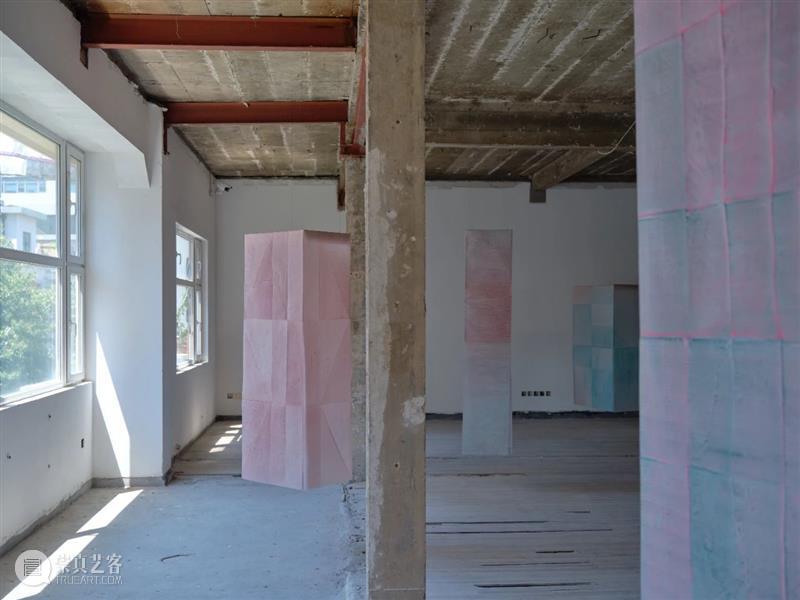
Perhaps, to extrapolate from Kuo, painting, like “the question of identity, is as much about asserting…as it is about escaping it[self].” [15] If Tan’s painting looks like an umbral blur or “trace,” [16] it might be because he is convinced that painting is (can still be) a moot point. Tan’s painting is proximal to the history of painting, pining for its many other histories.
Writer Anuk Arudpragasam suggests that “memory requires cues from the environment to operate, can function only by means of associations between things in the present and things in the past,” and that without such placemaking “physical objects,” memory “ha[s] to be cultivated consciously and deliberately.” [17] Tan’s paintings are not quite material or monumental, delicate floating things that they are. It is as if their buoyant, porous constitutions are manifestations of the artist’s vexed relationship with painting, his teetering affection and iciness, his desire to remember and to forget it. This is how Tan’s paintings go to work on eye and mind.
Wong Binghao (Bing) approaches art essayistically. They work with artists and thinkers to create discursive and digital curatorial projects.
[1] Conversation with the artist, March 2024.[2] A related work, titled A Folding Scene (2023), was presented at Esplanade Concourse, Singapore, from 26 May 2023 – 7 Jan 2024.[3] Conversation with the artist, March 2024.[5] Amy Sillman, “AbEx and Disco Balls: In Defense of Abstract Expressionism II,” Artforum (Summer 2011), 325.[6] Sillman, “AbEx,” 323.[7] Conversation with the artist, June 2024.[8] Conversation with the artist, March 2024.[11] Benjamin H.D. Buchloh, “Farewell to an Identity,” in Formalism and Historicity: Models and Methods in Twentieth-Century Art (Massachusetts: MIT Press and October Books, 2015), XI.[12] Pamela M. Lee, Chronophobia: On Time in the Art of the 1960s (Massachusetts: MIT Press, 2004), 33. [13] Conversation with the artist, March 2024.[14] Michelle Kuo, “Introduction,” Artforum (Summer 2016).[16] Conversation with the artist, June 2024.[17] Anuk Arudpragasam, A Passage North (New York: Hogarth, 2021), 163.Installation views: Guo-Liang Tan | Another Folding Scene, 2024, Sifang Art Museum Shanghai Tongren Road Space
? Guo-Liang Tan, Courtesy of Ota Fine Arts, Photography: Zhang Hong
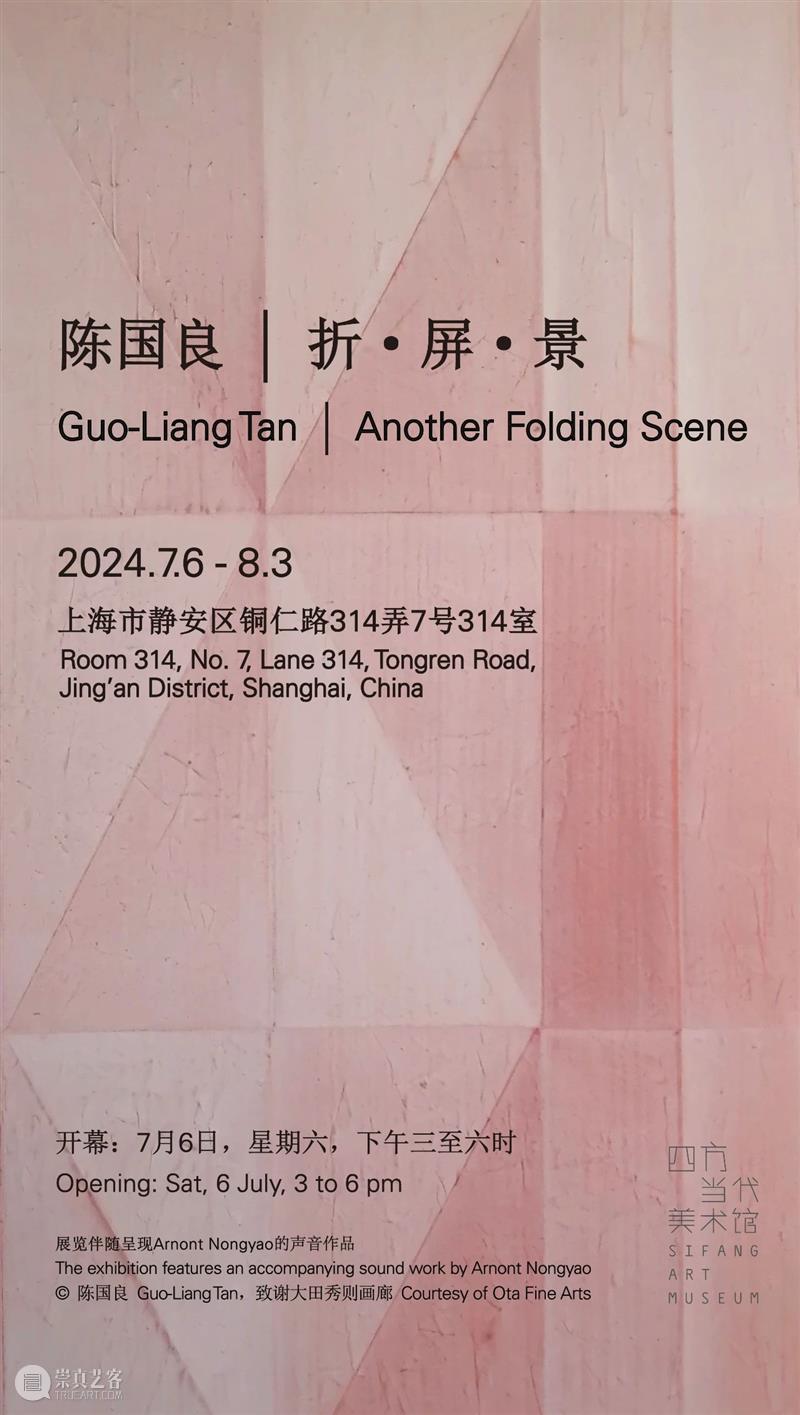
Guo-Liang Tan | Another Folding Scene
6 July - 3 August 2024
Opening Hours:
Wednesdays - Saturdays: 12:00 - 18:00
Venue:
Sifang Art Museum Tongren Road Space
Room 314, No. 7, Lane 314, Tongren Road, Jing'an District, Shanghai, China
For further enquiries, kindly contact:
sh@otafinearts.com | +86 21 33681321
www.otafinearts.com













 分享
分享